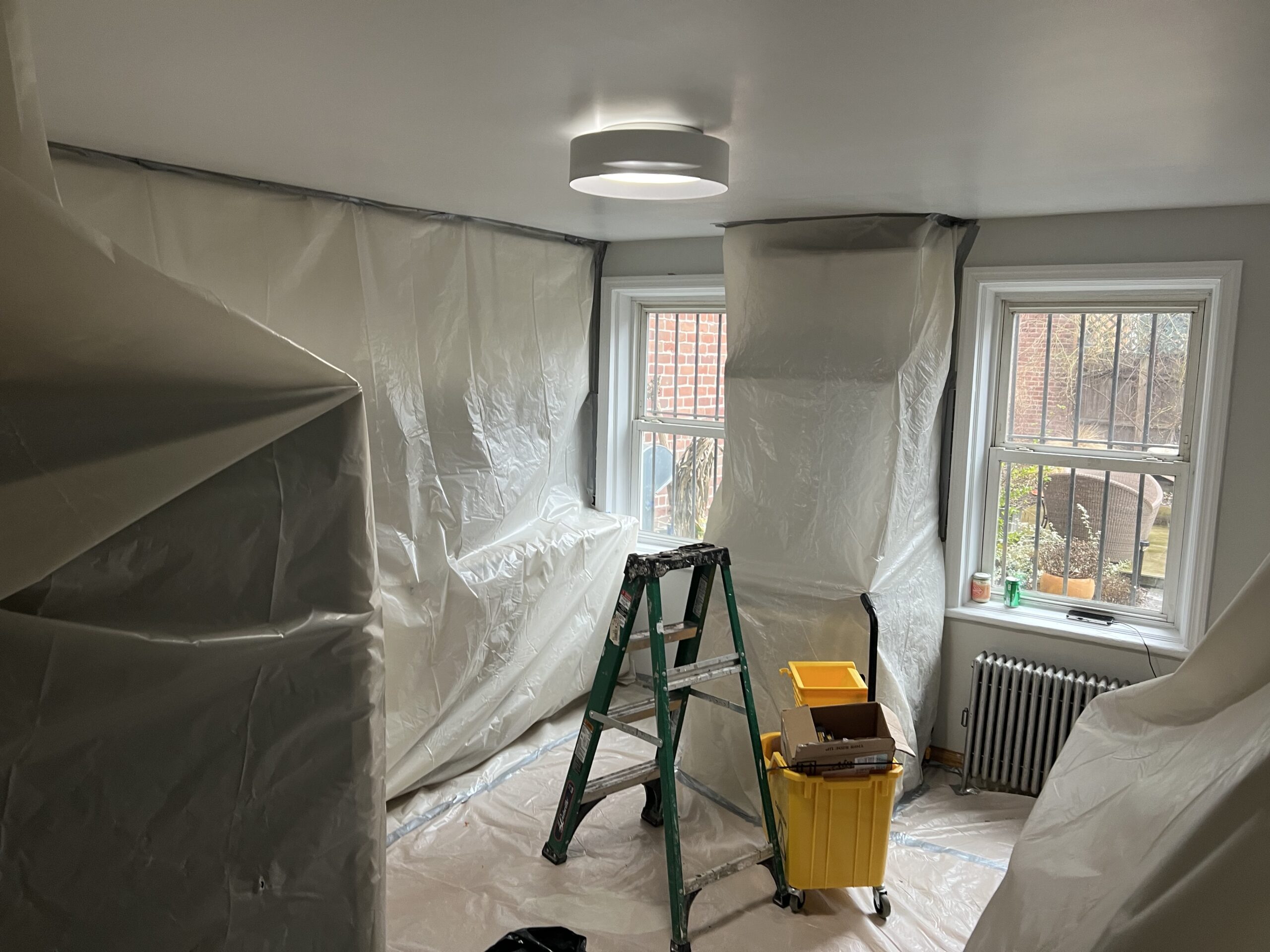Trusted DOH & HPD Lead Violation Removal in NYC-- Secure Your Building
Wiki Article
Vital Devices and Techniques for Reliable Lead Violation Clean-up
Attending to lead violations successfully demands a detailed technique that blends the right tools with strategic methods. Concurrently, the use of specialized cleanup devices, such as HEPA vacuum cleaners and lead-specific cleansing agents, is imperative for comprehensive contaminant removal. Effective control techniques, including plastic bed linen and unfavorable air stress systems, are crucial to stop the spread of hazardous products.Personal Protective Equipment
Personal safety equipment (PPE) is a critical element in the reliable administration of lead contamination cleanup. The essential PPE for lead clean-up consists of respirators, safety clothes, handwear covers, and eye defense.Respirators, particularly those outfitted with HEPA filters, are crucial for filtering system airborne lead fragments, stopping inhalation. Safety garments, including coveralls and non reusable fits, prevents lead dirt from adhering to employees' garments, minimizing the risk of second contamination.
Additionally, rigorous training on the right usage and upkeep of PPE is necessary. Workers should be informed on putting on and doffing procedures to stay clear of contamination. Normal evaluations and replacements of PPE components are essential to keep their protective capabilities, making sure a safe and compliant cleaning operation.
Specialized Clean-up Tools

An additional crucial device is the wet/dry vacuum, which can effectively tidy up both dirt and fluid pollutants. These vacuums commonly come with HEPA filters to give an added layer of security. Wet wipes or tack towels are additionally critical for surface cleansing; they are particularly made to record and hold lead fragments, decreasing the risk of spreading contamination.
For more stubborn deposits, specialized lead-removal cleaning agents are needed. These representatives are created to damage down lead fragments, making them simpler to get rid of. Scrub brushes with tough bristles can help in this process, particularly on rough surfaces where lead dust has a tendency to stick extra highly.
Additionally, encapsulants are used to seal lead-contaminated surfaces, stopping the launch of lead dirt. These specialized paints and coatings are developed to stick to numerous substratums, providing a long-lasting option for lead control.
Efficient Control Techniques
Efficient containment methods are important in mitigating the spread of lead contamination during cleanup activities. Carrying out durable control approaches ensures that lead particles do not migrate to unaffected areas, thus safeguarding both workers and the atmosphere (DOH & HPD Lead Violation Removal NYC).
To improve containment, encapsulants can be used to surface areas that are not being eliminated or disrupted. These specialized finishes bind lead dust, decreasing its availability for resuspension. In addition, all employees should wear Web Site proper Individual Safety Tools (PPE), consisting of respirators and disposable fits, to stop contamination spread.
Safe Disposal Practices
Making certain secure disposal practices is a vital component in the monitoring of lead contamination cleanup. Correct disposal reduces the threat of lead returning to the setting and threatening public wellness. The first action is to identify and set apart lead-contaminated waste from other products. Secure control utilizing heavy-duty, watertight containers is necessary to protect against spillage throughout transportation.Delivering lead waste needs adherence to rigorous standards. Using accredited harmful waste carriers guarantees that the products are dealt with responsibly. Paperwork, consisting of manifests describing the kind and quantity of waste, ought to go along with deliveries to track the waste from the site of origin to its last disposal destination.
Designated dangerous waste disposal facilities are geared up to handle lead-contaminated materials securely. These facilities commonly use advanced methods such as stablizing, solidification, or chemical treatment to counteract the lead before disposal. Landfilling in specialized, lined areas that stop leachate from contaminating groundwater is an usual method for final disposal.
Routine training for employees involved in lead waste disposal is important to keep safety and security standards and avoid unexpected direct exposure. By adhering to these techniques, companies can dramatically lower the ecological and health and wellness impacts associated with lead contamination.
Regulatory Compliance Tips

Abiding by governing compliance is paramount in the effective execution of lead contamination cleaning. Comprehending and following government, state, and regional regulations makes sure not only the safety and security and health and wellness of people however also the lawful and monetary well-being of the cleaning organization. The Epa (EPA) sets rigorous criteria, such as the Lead Improvement, Repair Work, and Painting (RRP) Regulation, which mandates appropriate qualification and training for professionals dealing with lead-based activities.
Conformity starts with a comprehensive evaluation of relevant laws and policies. Organizations has to remain updated on any type of legal adjustments, which can be facilitated with routine training sessions and registering for basics industry updates. Documentation is one more critical compliance aspect; keeping thorough records of all tasks, consisting of examination reports, employee training logs, and disposal materializes, is important.
Moreover, engaging with licensed lead examiners or risk assessors makes sure that lead risks are properly recognized and mitigated. Companies must impose using Personal Protective Tools (PPE) and ensure that safety methods are purely adhered to. Transparent communication with stakeholders, including staff members, customers, and governing bodies, will cultivate a society of conformity and liability, ultimately contributing to a much safer and a lot more this hyperlink reliable lead cleaning procedure.
Final Thought
Efficient lead violation cleaning necessitates the combination of specialized tools and tactical methodologies to ensure security and effectiveness. Using HEPA vacuums, specialized cleaning agents, and reliable control approaches such as plastic sheet and adverse air stress systems is important. Individual protective tools (PPE) safeguards workers from direct exposure, while risk-free disposal techniques and stringent adherence to governing compliance are crucial for properly taking care of harmful waste. Jointly, these procedures considerably minimize health threats and contribute to a cleaner setting.Report this wiki page